Modular Low-Code IoT Connector
A modular, low-code, flow-based IoT connector built for the Helium and ChirpStack ecosystem. Visually connect devices, transform data, and forward it to external systems with ease — all without writing backend code.
LoRaWAN Devices
Helium Network + Chripstack support
NodeDash
Low-code connector
Your Systems
APIs, databases, apps
Key Features
Production-ready IoT connector platform
NodeDash delivers enterprise-grade features for connecting, processing, and routing IoT data with visual workflows, automated device management, and secure deployment options.

Visual Flow Editor
Drag-and-drop interface powered by React Flow for creating complex data routing workflows without coding
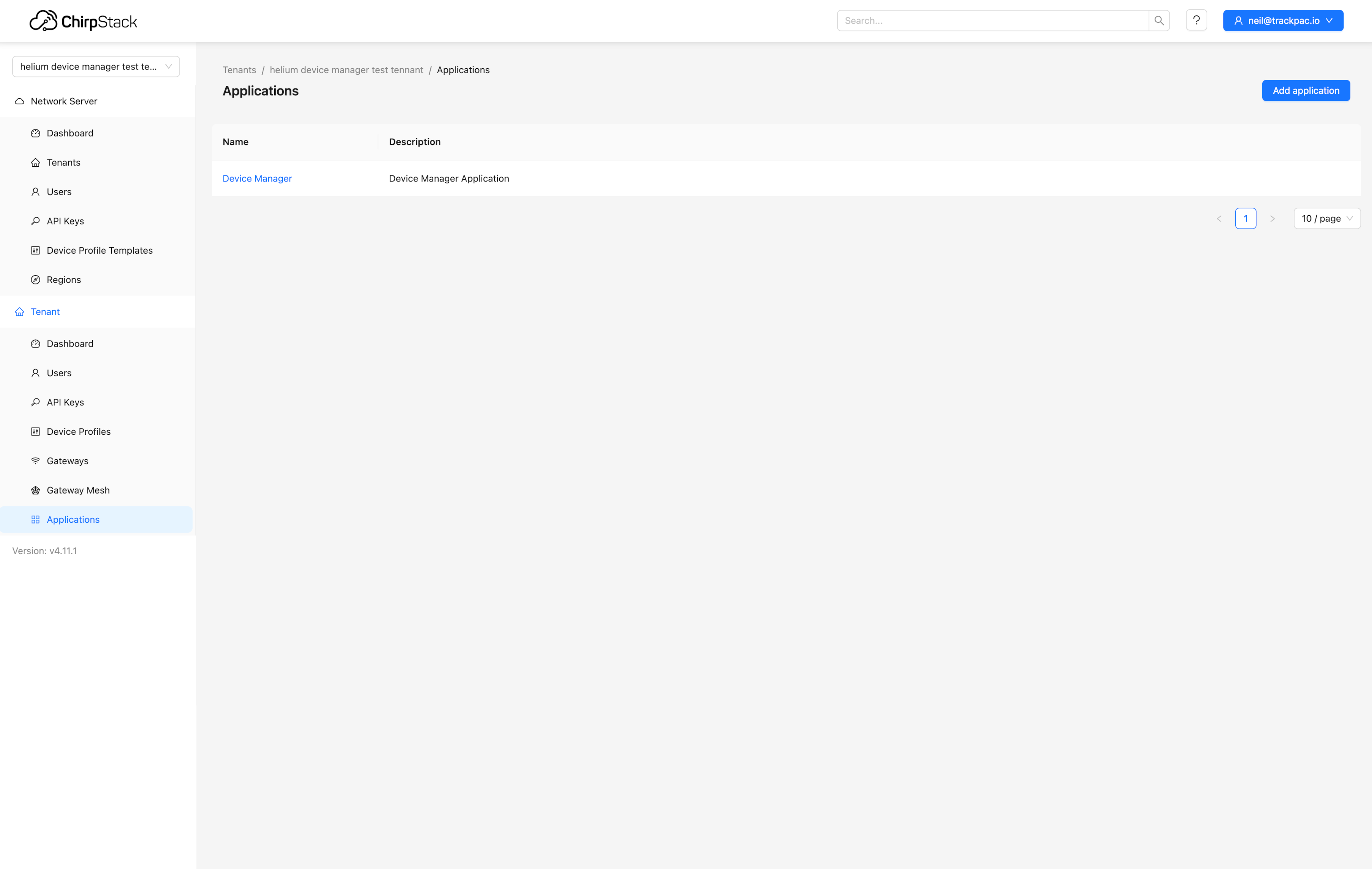
ChirpStack Integration
Seamless integration with ChirpStack for managing LoRaWAN devices
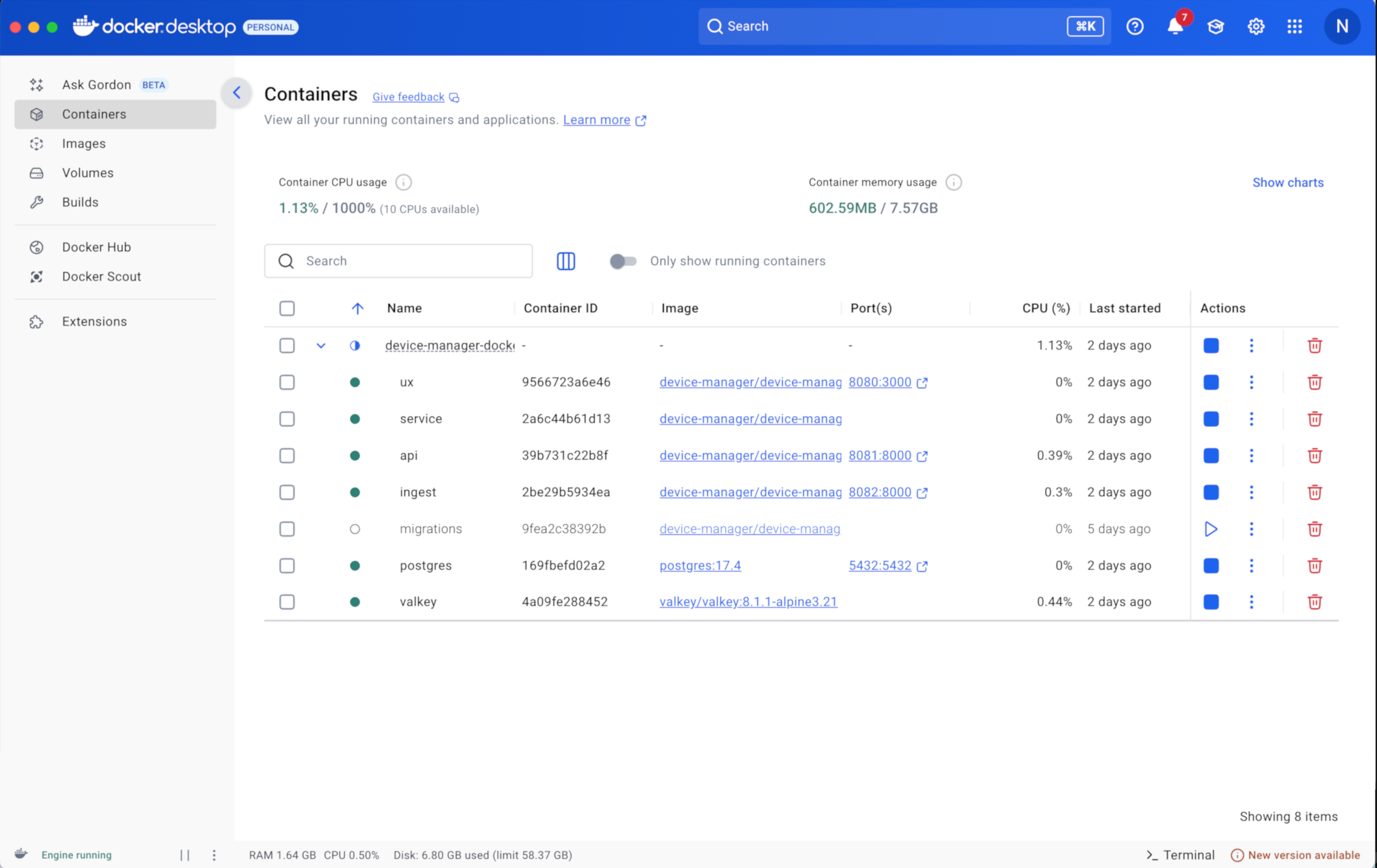
Kubernetes & Docker
Production-ready deployment with container orchestration and horizontal scaling capabilities
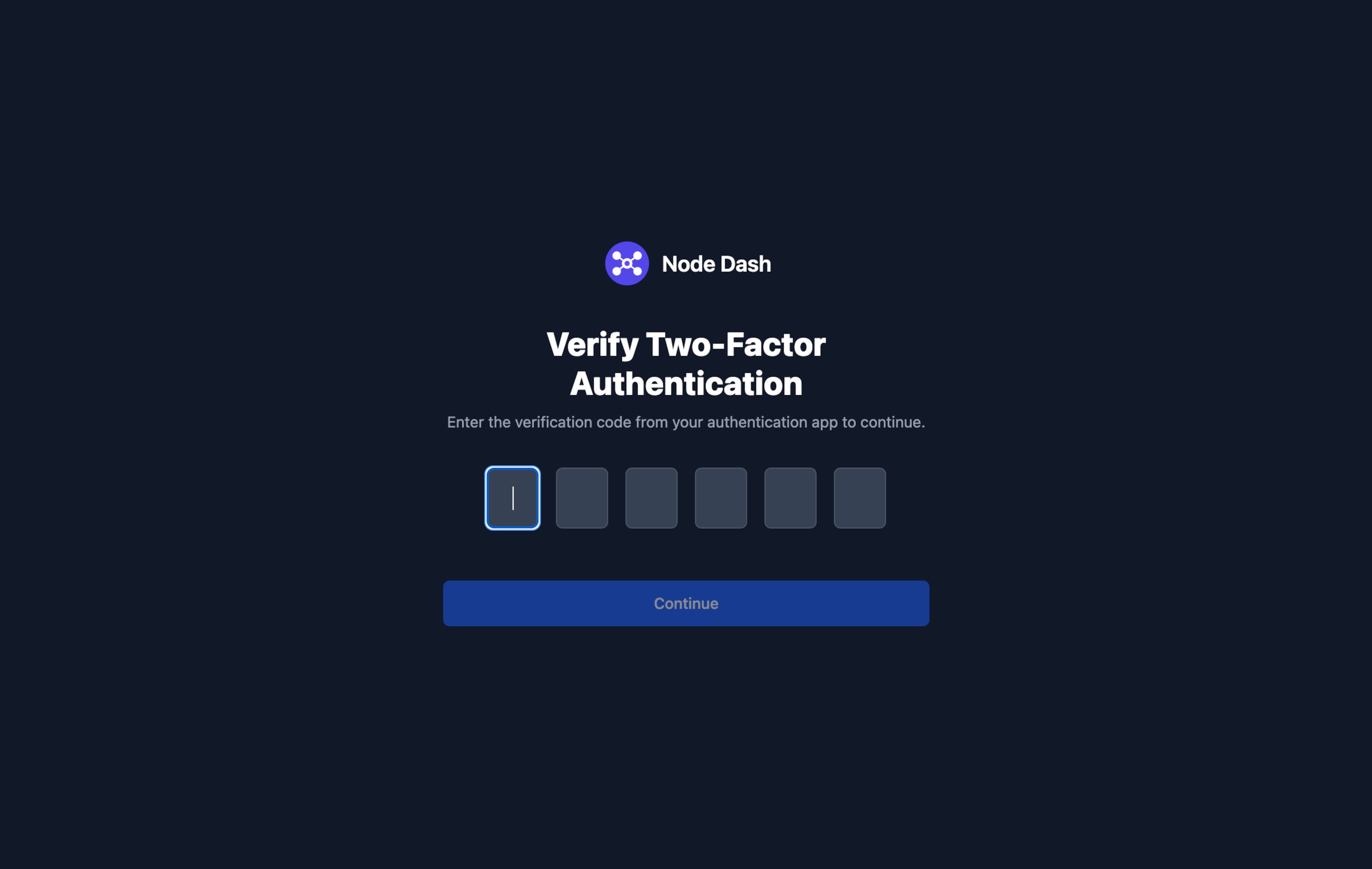
Multi-Factor Authentication
Enterprise-grade security with MFA, role-based access control, and JWT token management
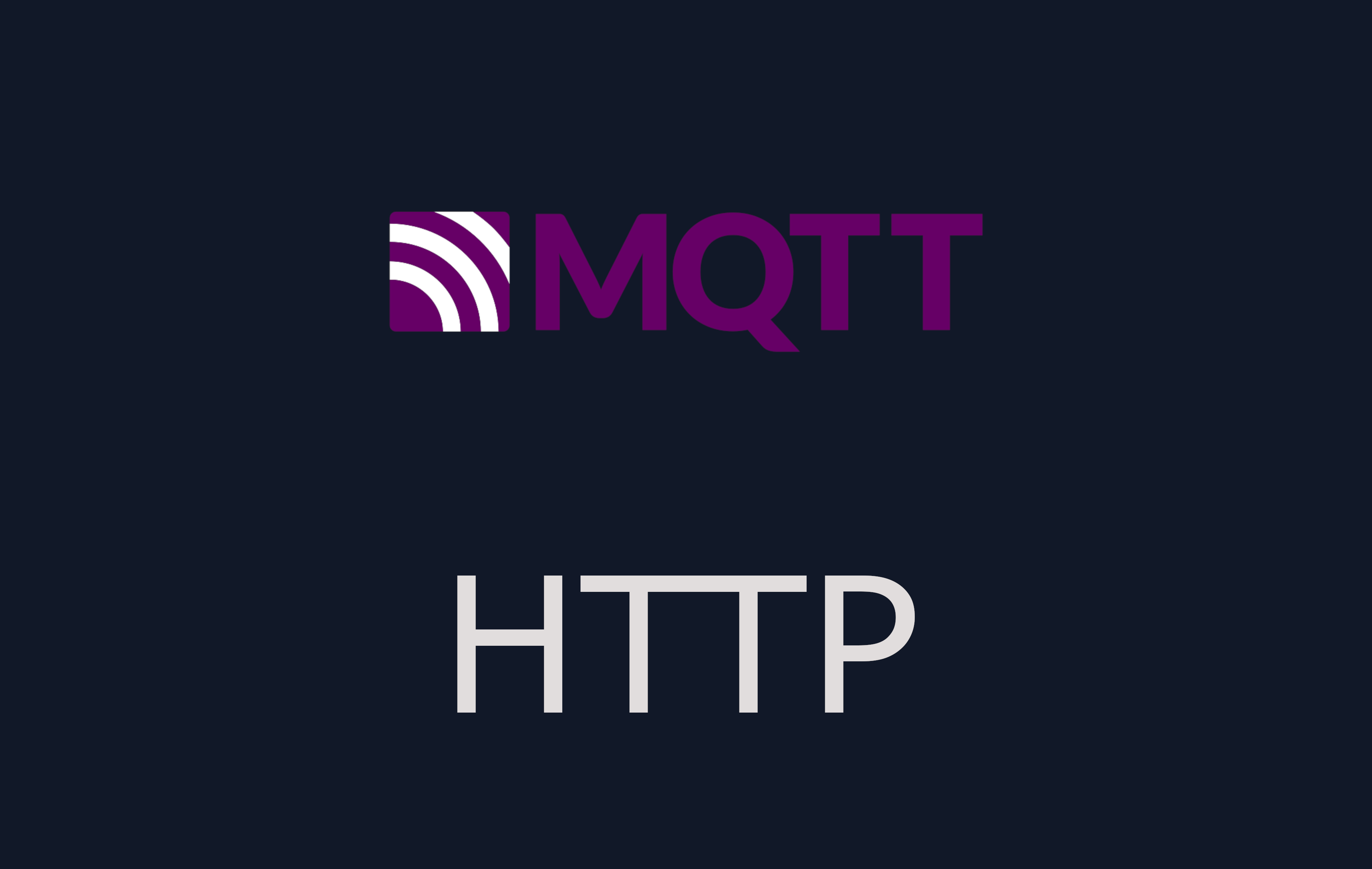
External API Integrations
Connect to any external system via HTTP/REST APIs, MQTT brokers, and custom authentication
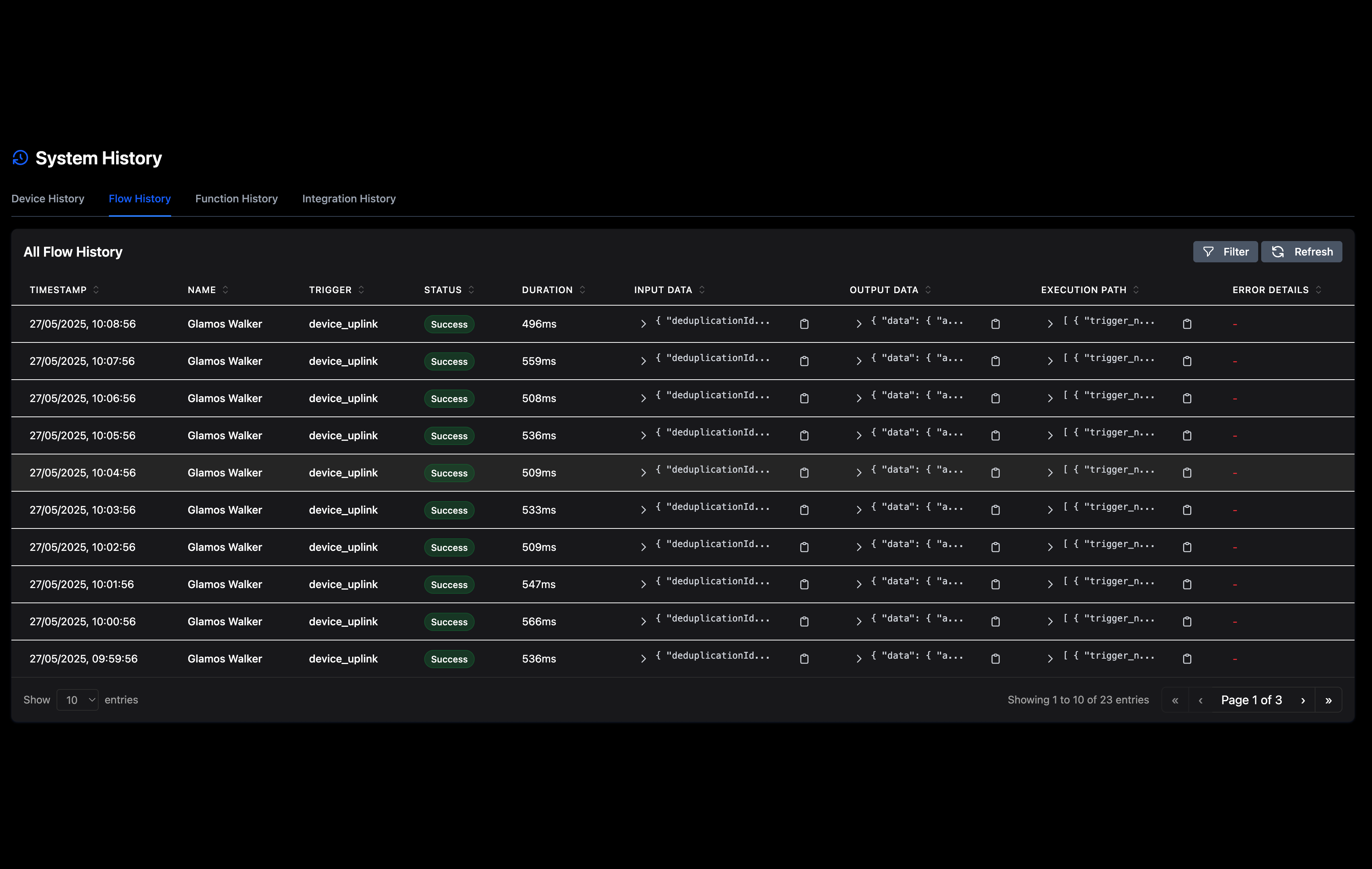
Real-time Data Processing
Transform and route device data in real-time using custom JavaScript functions and automated flows
Get Up and Running in Minutes
Follow these simple steps to set up your complete IoT data pipeline from device to destination.
1. Create Account
Sign up for NodeDash and access your dashboard instantly
2. Add ChirpStack Provider
Connect your ChirpStack server with API credentials
3. Add Devices
Add your LoRaWAN devices to NodeDash which will automatically set them up in ChirpStack
4. Create Functions
Write custom JavaScript functions to process data
5. Add Integrations
Configure external APIs, webhooks, and MQTT brokers
6. Build Your Flow
Drag and drop nodes to create your data pipeline
🎉 You're Ready!
Your IoT data pipeline is now live. Watch as device data flows through your custom functions and integrations in real-time.
Start Building NowConnection Architecture
Built for seamless integration
NodeDash acts as a bridge between your IoT devices and external systems, with modular components that work together to create powerful data flows.
Flows
Visual connections that route data from devices through functiond to external systems
Devices
IoT devices connected via Helium Network and ChirpStack that provide data inputs
Labels
Organize and group devices for efficient flow management and routing
Functions
Custom JavaScript functions that process and transform data
Integrations
Forward processed data to external systems via HTTP, MQTT
Providers
Integrate with Chirpstack, Email Providers and more
Complete Data Flow Architecture
LoRaWAN Device
ChirpStack
NodeDash
HTTP/MQTT
Your Systems
Data Input
Devices send data through Helium Network and ChirpStack to NodeDash
Processing
NodeDash transforms data using custom functions and routing flows
Data Output
Processed data is forwarded to your databases, APIs, and applications
System Architecture
NodeDash connects seamlessly with the Helium Network ecosystem, providing a complete IoT data pipeline from device to destination.

Get Started
Three ways to deploy NodeDash
Choose the deployment option that best fits your needs - from instant cloud access to enterprise Kubernetes deployment.
Hosted Service
Get started immediately with our cloud-hosted NodeDash instance. No setup required.
Docker Deployment
Deploy NodeDash using Docker containers for easy local or cloud deployment
Kubernetes/Helm
Enterprise deployment with Kubernetes orchestration and Helm charts for scalability
Support Development
Sponsor NodeDash
Help us build the future of IoT device management. Your sponsorship enables us to maintain the project, add new features, and provide better support to the community.
Individual Sponsor
Support ongoing development and maintenance
- Your name in the contributors list
- Priority issue responses
- Early access to new features
Business Sponsor
Help accelerate development and get priority support
- Logo placement on GitHub README
- Priority feature requests
- Direct communication channel
- Custom integration support
Enterprise Sponsor
Partner with us for enterprise features and support
- Logo on landing page
- Dedicated development time
- Custom feature development
- Virtual training and support
- Priority bug fixes
Our Amazing Sponsors
How to Sponsor
GitHub Sponsors
The easiest way to sponsor NodeDash is through GitHub Sponsors. Choose from multiple tiers and manage your sponsorship directly on GitHub.
Sponsor on GitHub →Custom Sponsorship
For enterprise sponsorships or custom arrangements, reach out to discuss how we can work together.
Contact Us →